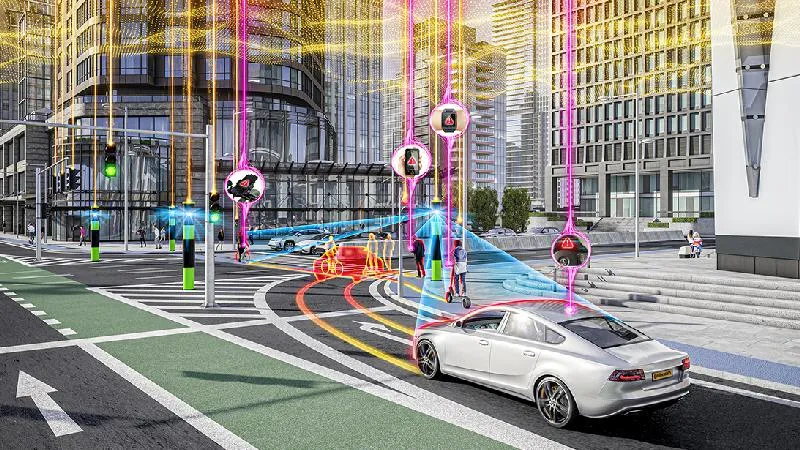
Essentially an extension of existing parking technology, the driver monitor system has the potential to avert crashes, and is one of several new ideas that Aisin has on display at the ITS World Congress in Bordeaux. Others include a collision risk prediction and warning system tells the driver when a hazard is coming up – for example when a red traffic light is masked by a sharp bend.
It does this by using a combination of in-car camera and a database full of risk knowledge data which has been compiled via what Aisin calls its ‘deep neural network’ model for collision risk prediction. Meanwhile, the company’s map creation system automatically detects new roads that are not on existing GPS-based systems and creates new mapping data.
Road information uploaded from each vehicle is integrated into the server: shared with the cloud, and with Aisin’s database, it can then be used by other drivers. In addition, the driver can be alerted to accidents or congestion from emergency information via the system, which can then suggest alternative routes.
The demonstration vehicle, a Toyota Prius, contains all of these features – although Aisin has set no date for when the concept technology will be available on the open market.









